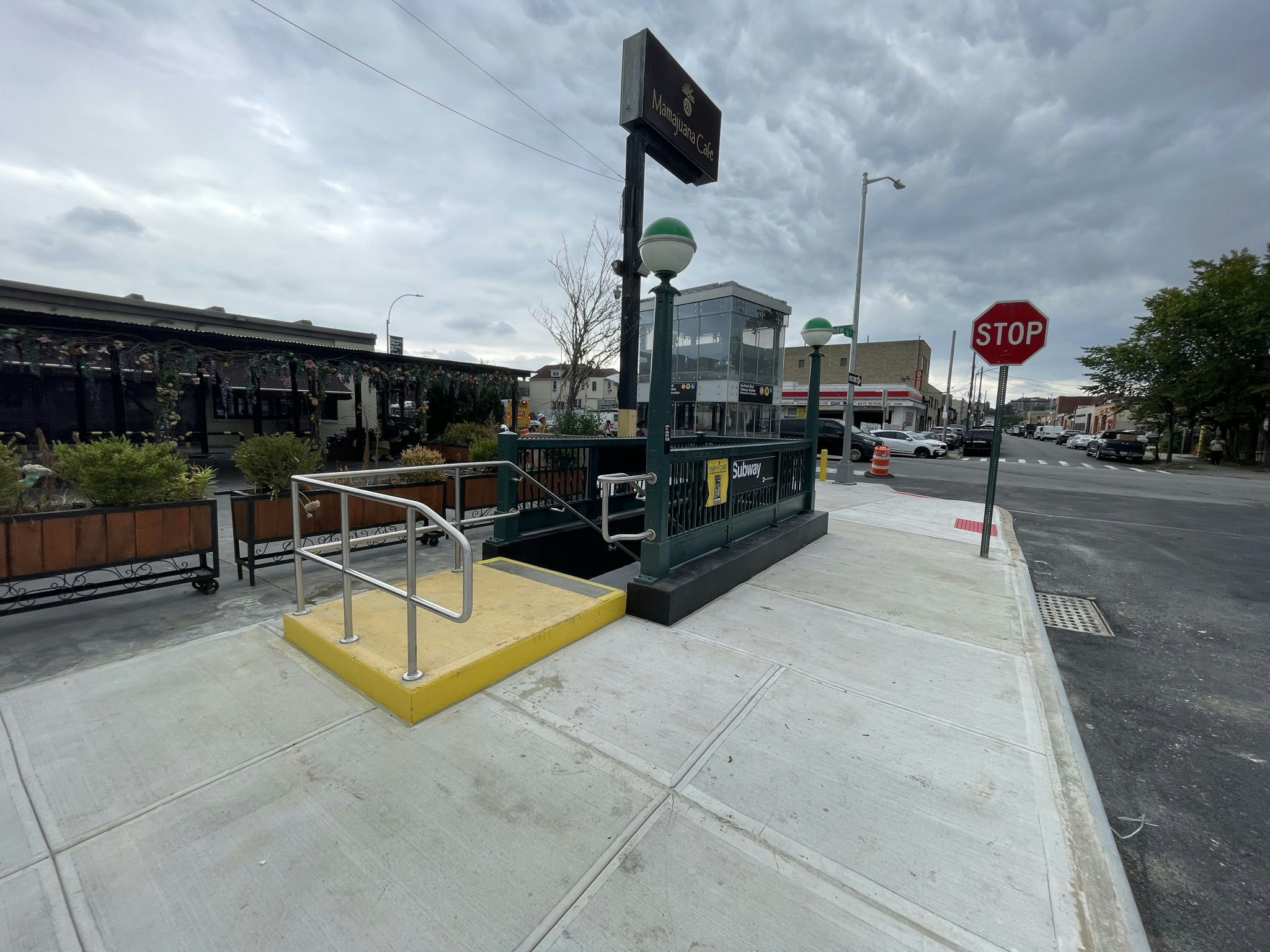Report Identifies 10 Priority Locations Where Interagency Action is Needed to Mitigate Severe Weather Impacts
Nine Interagency Climate Resilience Actions Proposed for New York City
The Metropolitan Transportation Authority (MTA) today released an update to its Climate Resilience Roadmap on the thirteenth anniversary of Superstorm Sandy, outlining the agency’s strategic priorities in mitigating the effects of extreme weather events and climate change on transit infrastructure across the service area. The update details the progress the MTA has made since the report was released last April, including more than $1.5 billion in funding to protect the subway system from flooding and Metro-North’s Hudson line from storm surge and sea level rise that were secured as part of the 2025-2029 Capital Plan.
“Transit is the antidote to climate change, but the system can’t work well if it’s constantly getting pounded by severe storms and torrential rain,” said MTA Chair and CEO Janno Lieber. “Working with Governor Hochul and the City, we must continue to harden our infrastructure to withstand the effects of increasingly extreme weather events.”
“We are taking action to protect our infrastructure and the New Yorkers that rely on it from the impacts of climate change,” said MTA Construction & Development President Jamie Torres-Springer. “This roadmap update highlights the progress we’ve made even in the last eighteen months and lays out the path forward in partnership with the City of New York and other stakeholders.”
The Climate Resilience Roadmap Update outlines the need for increased partnership with the City of New York, including identifying 10 priority locations throughout the city where urgent action is needed by the New York City Department of Transportation (NYCDOT) and New York City Department of Environmental Protection (NYCDEP) to control stormwater flood impacts on neighboring communities and transit infrastructure including:
- 4 Av between Union St & 36 St, Brooklyn
- Canal/Lafayette/Centre Streets, Manhattan
- Castleton Depot, Staten Island
- Central Flatbush, Brooklyn
- Central Harlem, Manhattan
- Chelsea/Midtown South, Manhattan
- Cross Island Parkway, Queens
- Grand Av-Newtown, Queens
- Longwood Av, Bronx
- Mott Haven Yard, Bronx
The report also identifies nine interagency climate resilience actions between the City of New York and the MTA, including:
Heavy rain:
- Accelerate the pace of capital investments to increase stormwater management capacity, particularly in vulnerable communities adjacent to transit infrastructure.
- Maintain sidewalk curbs of sufficient size and catch basins of sufficient capacity to manage intense rain.
- Optimize storm sewer networks to send excess stormwater away from overloaded locations adjacent to MTA infrastructure to areas with spare capacity.
Coastal flooding:
- Sustain leadership and future-forward strategy towards coastal resilience in the New York City region.
- Manage the coordinated design and deployment of the city’s flood mitigation measures and deepen coordination with the MTA on emergency operations planning.
- Continue to advance City-led climate data collection and monitoring.
Extreme heat:
- Facilitate the development of thermal energy networks between public and private properties that can utilize waste heat from sources like the subway.
- Encourage new heat recovery and geothermal technologies that pull heat from vulnerable sites like subway stations.
- Provide consistent shade for transit customers by increasing tree canopy
In the 18 months since the MTA’s inaugural Climate Resilience Roadmap was released, significant progress has been made in initiating and completing numerous actions under the Roadmap’s 10 goals and related strategies, such as shielding subway stations and tunnels from stormwater. Some of the highlighted strategies for protecting subways included boosting collaboration with City agencies, protecting subway tunnel walls from leaks, and installing sidewalk-level protection.
The MTA has worked with NYCDEP to clean priority catch basins before heavy rainfall events and cooperated on drainage planning, inspected tunnels and sewers, and identified 2025-2029 Capital Program for sidewalk-level protections at priority stations.
For more information on progress made on the Climate Resilience Roadmap, visit the MTA Climate Resilience Roadmap: Progress Update on page 32.
The Climate Resilience Roadmap Update follows the release of the Climate Resilience Roadmap in April 2024 and the 20-Year Needs Assessment in October 2023, the most rigorous and transparent assessment of the MTA system to date, outlining the MTA’s region’s needs for the next generation. It provides a blueprint to strengthen and expand the system, while improving reliability and resilience to withstand extreme weather challenges in the future.
